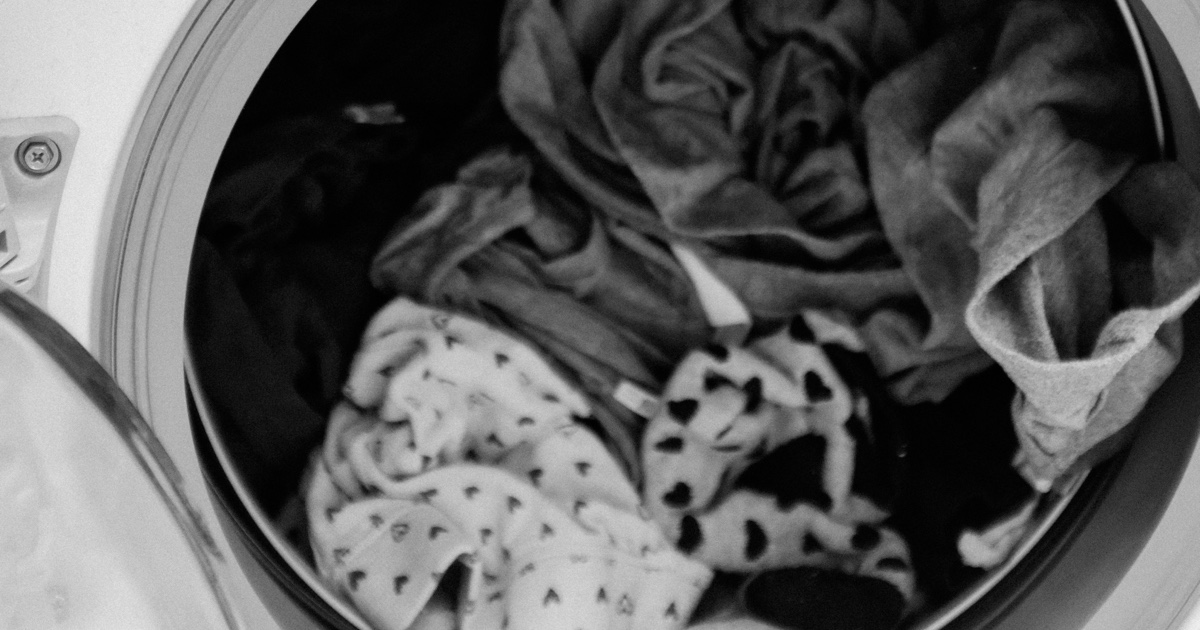How to buy your dream TV

It’s no surprise that purchasing energy efficient appliances, electronics and lighting can lower your energy bill. But how much can you save? And do you have to spend more to get an efficient product that meets your needs?
These are difficult questions to answer, even for the determined shopper.
Let’s say you’re in the market for a new TV today. You might be shopping for a model with a 40” to 44” screen and an LED display with standard resolution (1920 x 1080 pixels). How many models currently offered for sale would meet your criteria and be energy efficient?
A clearer picture when it comes to TV buying
At Enervee (choose.enervee.com) we’re working hard to enable everyone to make not just a good decision when it comes to buying energy efficient, but to make the best decision.
So if you were in the market for a new TV, Enervee — or your electricity utility, if they use Enervee’s service — would be able to tell you that:
- There are more than 90 TVs from 25 brands currently offered for sale (filter all 900+ TV offers by your three criteria)
- You can identify the most efficient TV that meets your criteria (sort by the Enervee Score, and identify the product with the highest score on a zero to 100 scale)
- The most efficient TV is rated to use only 52 kWh/y of electricity, which is almost 75% less than the least efficient model.
Enervee can also show you how these numbers convert to financial savings. You can select your utility and tariff, and Enervee will then tell you how much you’ll save over any period of owning the product (which you can customize, along with usage estimates).
But do you have to pay more?
While learning about energy efficiency and how this translates into actual savings over the years is important, there is still the issue of purchase price — do you have to fork out more money now for the more efficient TV?
Fortunately, the answer is no. Those cutting edge TVs with “ideal” Enervee Scores of 90 or better can be found today for under $350, while the models with Enervee Scores below 75 (not very efficient) cost well over $500 on average.

This is counterintuitive, as most of us assume a more energy efficient product involves more money upfront, in exchange for savings down the line. But this isn’t always the case.
The data here reveal not just how much opportunity there is to buy better when it comes to energy efficiency, but that buying better doesn’t have to cost more. It’s a win-win for consumers with less money up front and greater savings every time the TV is turned on.
Transforming markets by making efficiency visible
These insights — combined with the availability of granular, daily updated market intelligence — open up new opportunities to move the market for TVs and other consumer electronics by adopting more suitable behavior intervention strategies than traditional financial incentives provided to consumers or retailers.
Televisions in the U.S. consume 7% of national purchased electricity (EIA, 2015) — only slightly less than water heating (9.2%) or refrigeration (7.5%) — and TV and other consumer electronics electricity demand is expected to grow further. Enervee data for the US market show that TVs with Enervee Scores of 90+ use 40% less than the market weighted average for new TVs.
Given the lower average price tag, shorter replacement cycle and large volume of TV sales, nudging consumers towards energy-smart TV purchases can deliver large savings quickly and cost-effectively. If an additional 20% of a single year of TV sales of roughly 35 million were super-efficient models with 90+ scores, first-year savings of 300 GWh could be achieved (1,500 GWh lifetime savings over 5 years).
This 1-year shift in TV sales would save participating households of the order of $100 million on their energy bills and would also result in broader societal benefits (such as the avoided cost of supplying electricity, including the social cost of carbon). The impact could be multiplied year after year.
New behavioral intervention strategies
The universe of possible intervention strategies extends beyond those based on classical economic theories (Ignelzi et al., 2013), and pioneering utilities are experimenting with a wide range of behavior strategies such as:
- Framing to take advantage of biases, heuristics and metaphor to influence choices (e.g. Thaler, 1999);
- (Pre-) commitment to take action (e.g. Aridly & Wertenbroch, 2002);
- Reciprocity (e.g. Pillutla, Malhotra & Murnighan, 2002).
The product categories for which criteria other than price have the greatest influence on product choice are the low-hanging fruit, where non-financial strategies are likely to be both more effective and less costly.
At Enervee, and together with our clients, we are experimenting with intervention strategies derived from various theoretical constructs to see which are most effective in changing one-time purchasing behavior.

